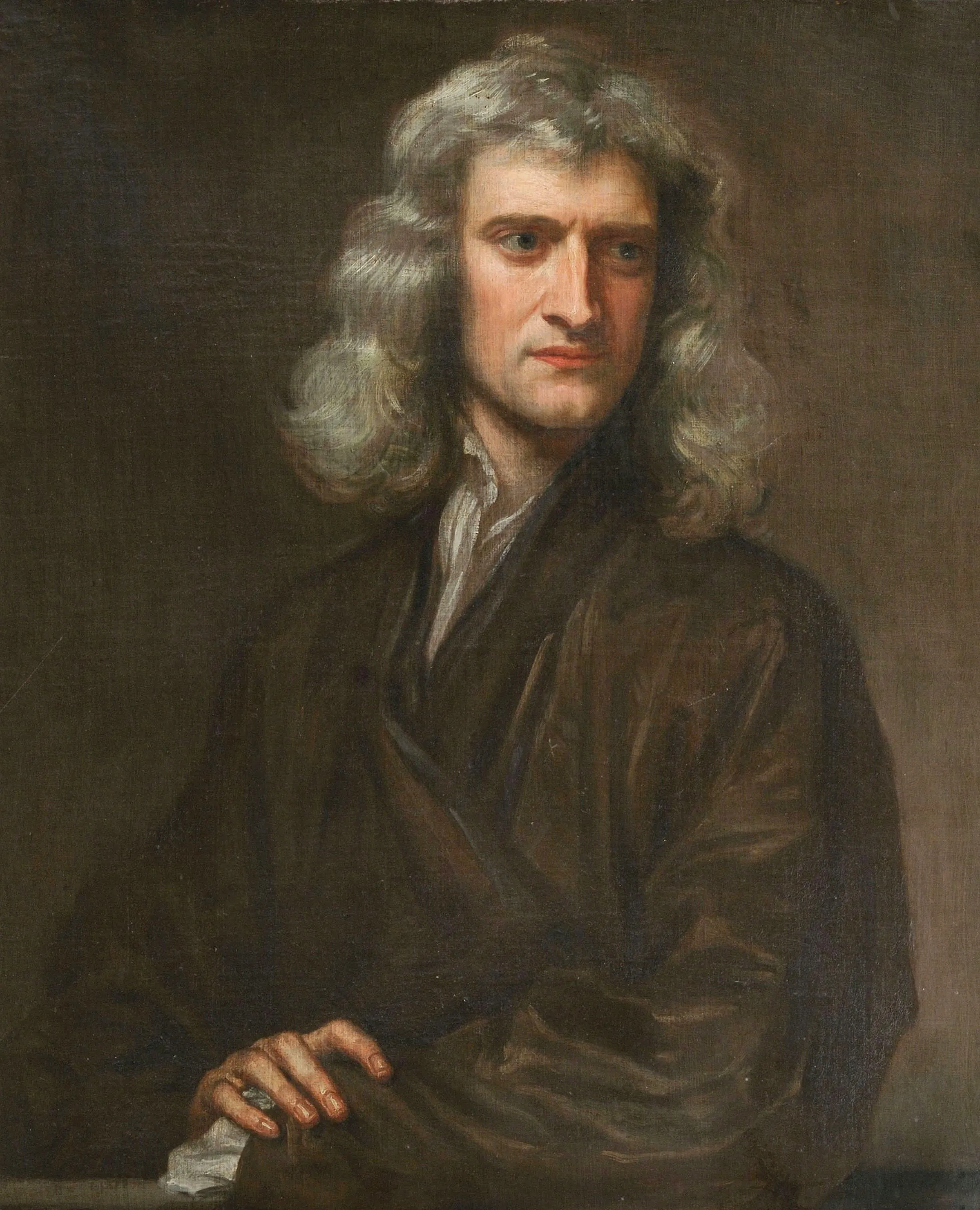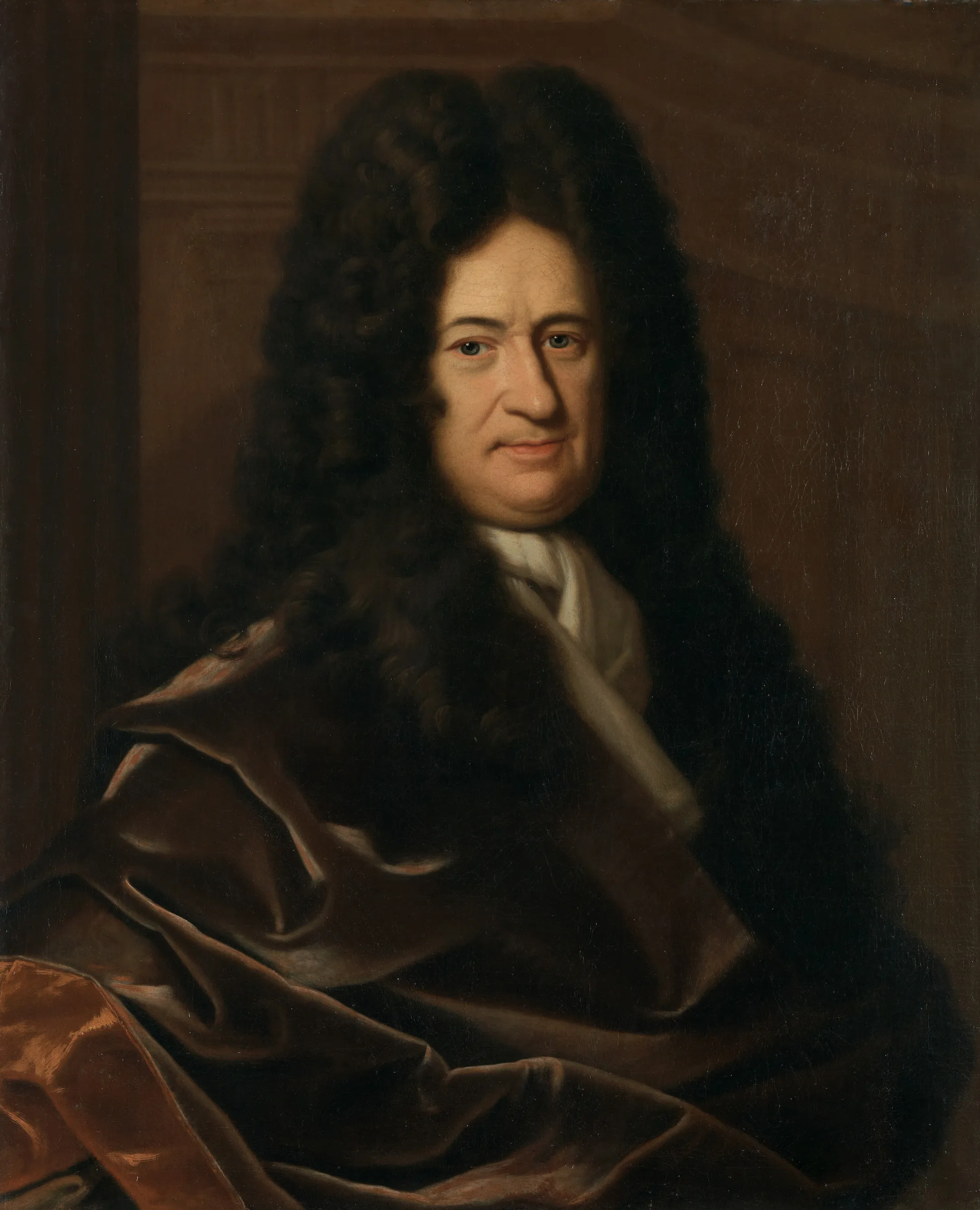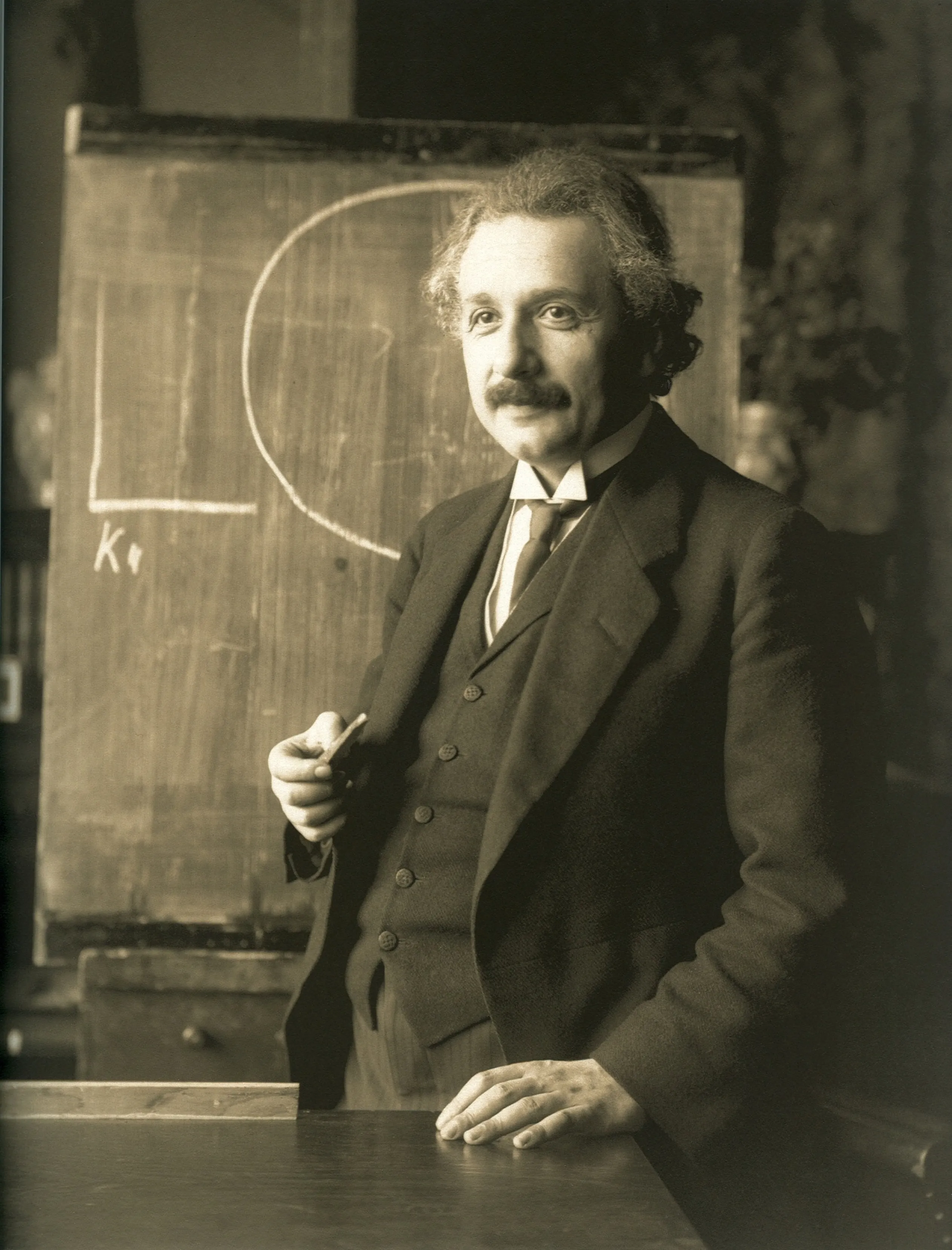What is Stochastic Calculus?
Thursday November 02, 2023


Calculus, a branch of mathematics developed independently by Sir Isaac Newton and Gottfried Wilhelm Leibniz in the late 17th century, has been instrumental in our understanding of the natural world. It provides the tools for analyzing and understanding change, motion, and growth. From engineering and physics to economics and biology, the impact of calculus is profound and pervasive.


However, classical calculus is primarily deterministic, offering exact solutions and predictable outcomes. It excels when dealing with well-defined, smooth functions, but what happens when we introduce randomness and uncertainty into the equation? Many phenomena in the real world, such as the fluctuation of stock prices or the motion of particles suspended in a fluid, are inherently stochastic, or random.
Enter stochastic calculus, a mathematical field designed to extend the concepts of calculus to random processes. Unlike its deterministic counterpart, stochastic calculus deals with quantities that evolve over time in a probabilistic manner. Traditional calculus equations fall short when modeling these kinds of systems, often leading to inaccuracies or incomplete representations. Stochastic calculus fills this gap by offering a robust framework for describing systems influenced by randomness.
Stochastic calculus is a branch of mathematics that focuses on the analysis and manipulation of stochastic processes–mathematical objects used to describe systems that evolve over time under the influence of randomness. Whereas classical calculus provides the machinery to handle deterministic systems (think [latex]\frac{dy}{dt} = f(y, t)[/latex]), stochastic calculus extends these tools to handle the randomness present in numerous natural phenomena. One of the quintessential equations of stochastic calculus is the stochastic differential equation (SDE) of the form:
\[dX_t = a(X_t, t) dt + b(X_t, t) dW_t\]
Here, [latex]dX_t[/latex] represents the infinitesimal change in the stochastic process [latex]X_t[/latex], [latex]a[/latex] and [latex]b[/latex] are functions defining the drift and diffusion terms, respectively, and [latex]dW_t[/latex] is an infinitesimal increment of a Wiener process, or Brownian motion.
Stochastic calculus was largely developed in the mid-20th century, with significant contributions from Kiyosi Itô and Ruslan Stratonovich. Itô’s work laid the foundational axioms and results, such as the celebrated Itô’s Lemma, which serves as the chain rule for stochastic calculus:
\[df(X_t, t) = \left( \frac{\partial f}{\partial x} a + \frac{\partial f}{\partial t} \right) dt + \frac{\partial f}{\partial x} b dW_t\]Stratonovich contributed a different interpretation of stochastic integrals, often used in physics and engineering. Both interpretations have their merits and are employed depending on the specific application.
Stochastic calculus serves as the mathematical backbone for fields ranging from financial mathematics to engineering, offering a coherent framework for understanding systems that are inherently unpredictable. Accordingly, stochastic calculus finds extensive applications in various disciplines, each harnessing the power of the field to model complex systems infused with randomness.
In financial mathematics, stochastic calculus plays a pivotal role in option pricing and risk assessment. The famous Black-Scholes-Merton model employs stochastic differential equations to determine the fair value of options. The model incorporates a range of factors, such as volatility and interest rate, to produce results that have become foundational in the financial industry. Furthermore, risk-neutral valuation often uses tools like the Girsanov Theorem to simplify complex pricing problems. These applications have far-reaching implications for hedging strategies and risk management.
Engineering fields like signal processing and control theory also heavily rely on stochastic calculus. In signal processing, it helps in the design of filters that can effectively separate a signal from background noise. Stochastic control theory uses stochastic differential equations to optimize systems that are influenced by random factors, leading to more robust and adaptable control mechanisms.
In biology, stochastic calculus is used for modeling population dynamics and the spread of diseases. The theory allows researchers to make predictions and understand the random factors affecting population sizes, like birth and death rates, or the spreading rate of a contagious disease. These models are invaluable in conservation efforts and public health planning.
Stochastic calculus serves as an indispensable tool for understanding systems influenced by random factors. Its mathematical rigor and broad applicability make it a cornerstone in the scientific community. While the introduction and basic concepts offer a solid foundation, the field is rich with advanced topics for further study, including stochastic partial differential equations, jump processes, and applications in machine learning. As data-driven decision-making becomes increasingly prevalent, the role of stochastic calculus is poised to become even more vital across various disciplines.